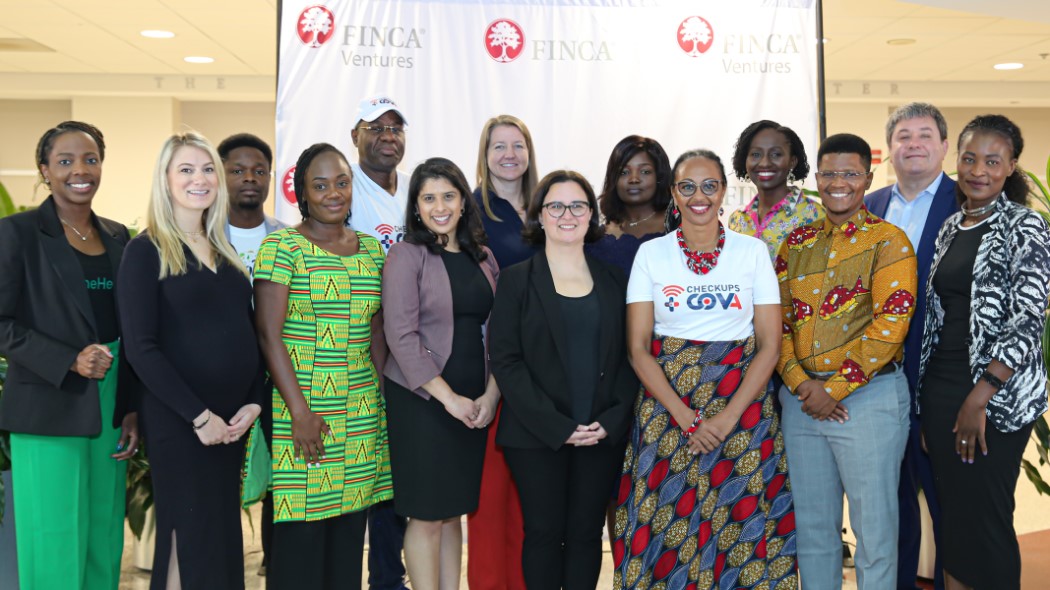A new crop of private equity investors are seeking — and measuring — social impact in their portfolios without lowering their expectations for financial returns.
Such “double bottom line” investors fueled the growth of private equity impact funds, to a total of $4 billion in assets under management, according to a new survey by PCV InSight, the research arm of Pacific Community Ventures in San Francisco.
InSight’s team surveyed 300 private equity funds and identified 69 that can be considered impact investors — defined as explicitly seeking social impacts as well as financial returns and tracking and reporting such impacts to limited partners or publicly.
The total of $4 billion indicates fast growth in the last decade but still represents a tiny fraction of the $1 trillion private equity market in the U.S.
InSight identified social impacts that included the delivery of products and services with intential social or community benefit such as in health care and education, as well as job creation, economic development in underserved areas, supply chain impacts and responsible contracting, employee wealth creation through shared ownership and other measures.
The biggest growth came in so-called “double bottom line” funds, which tripled in the past ten years, and grew in size, suggesting, according to InSight director Ben Thornley, “that funders are more convinced that the strategies of recent arrivals can concurrently deliver market-rate financial returns and documented social benefits.” Such funds represented $1.5 billion in assets.
Explicitly “impact first” funds, in which investors are willing to take a financial discount in pursuit of social goals, represented $400 million of the total and did not increase substantially in the last decade, the survey found. Conversely, “financial first” funds, at $2.1 billion, are more conventionally focused on financial returns and seek social outcomes as a secondary consideration.










